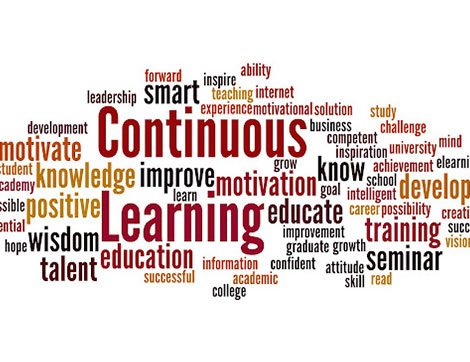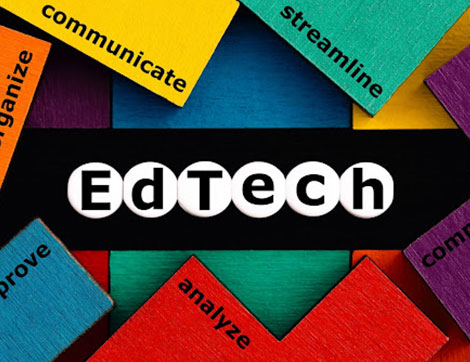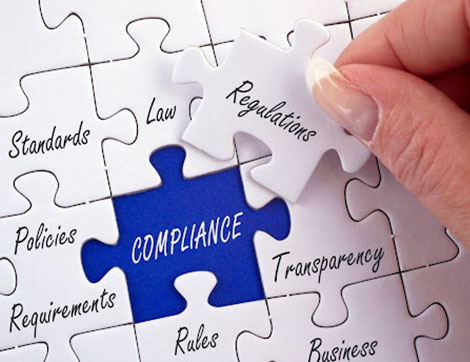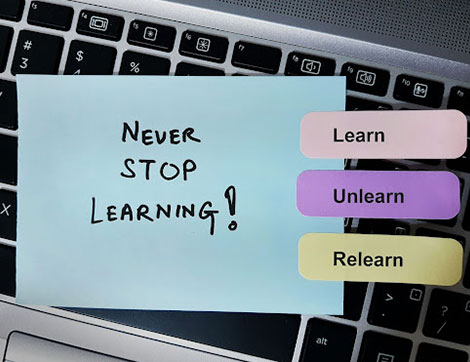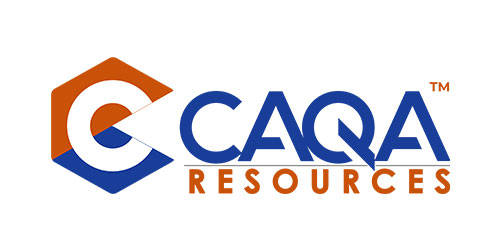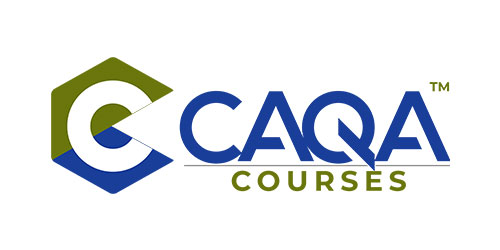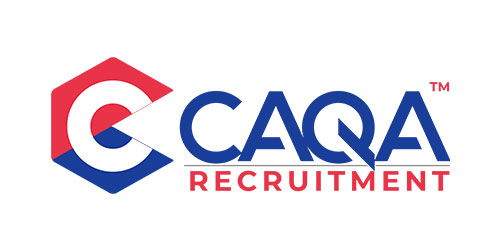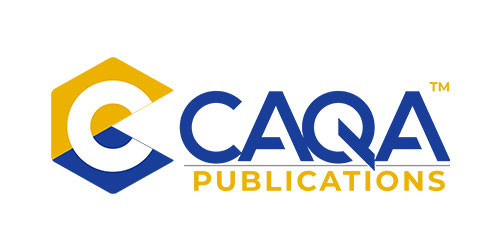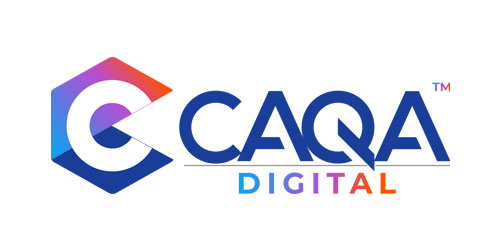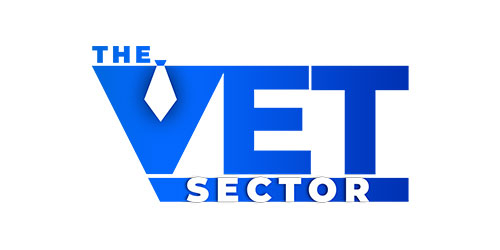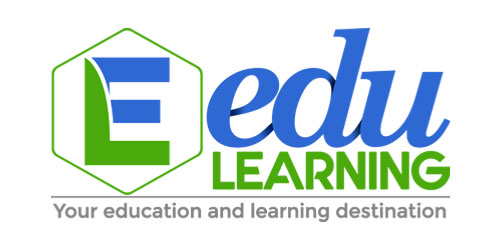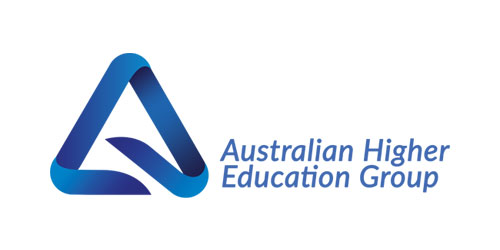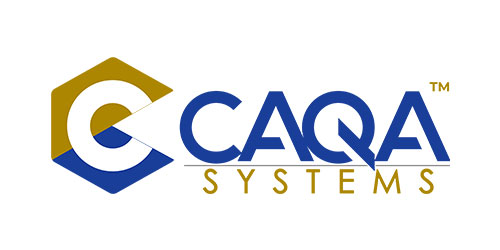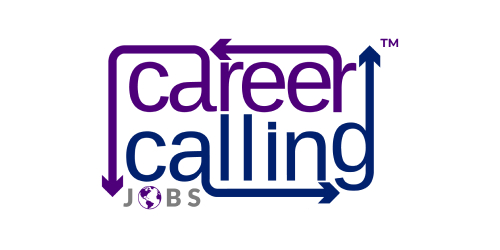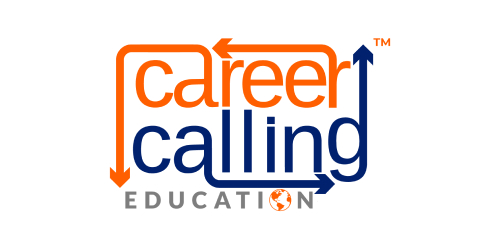
News
Feedback is an essential part of the training and education industry. It helps to understand what you are doing right and what needs to be fixed. Without feedback, it would be hard to know how you are doing in your career or even if you are on the right track.
Feedback is not only important for trainers and educators but also for the trainees and students of course. Feedback helps them understand how they can improve their skillset for future growth in their careers.
Feedback can be something that can make or break your career. In order to create a positive learning environment, feedback should be given in a constructive manner. This means that the learner should understand what they need to do to improve and what they can do to achieve their goals.
Feedback is an important part of the training and education industry. It helps learners identify their weaknesses and strengths, which in turn helps them develop better skills as well as build confidence.
The importance of constructive feedback in the training and education industry has been highlighted by many studies over the years. In order to create a positive learning environment, feedback should be given in a constructive manner so that the learner understands what they need to do to improve, what they could do better and ways they can achieve their goals.
When it comes to feedback, it is important to note that not all feedback is bad. Some are constructive and some are just plain old destructive.
Some of the most common types of feedback in the training and education industry are praise, criticism, and constructive feedback.
Constructive feedback is when someone with experience in the field provides skills or knowledge on how to improve what you are doing. It can be something like “I noticed you were starting to make these mistakes in your work” or “I see that you’re struggling with this topic right now”.
Checking what positive and productive feedback looks like: “That was great! It was easy to understand.”
Checking what negative and destructive feedback looks like: “I think you need to work on your speaking skills.”
Educators need to be aware of their own strengths and weaknesses and also of their learners in order for them to learn how they can improve what they do best while still doing things that they love.
Educators should also focus on the different types of learners out there while providing feedback to them.
We are categorising learners into four different types:
A) Learners who need help with developing skills,
B) Learners who need help with knowledge retention,
C) Learners who need help with motivation,
D) Learners who are struggling with focus
The importance of feedback
To understand the importance of feedback, we should first understand the concept. Feedback is a way or process used to help an individual or a group reach their goal by providing information and suggestions on how to improve and advance. Feedback is also often provided after a task has been completed to provide relevant information for future practices.
The following are some ways that feedback can help improve performance:
– Provide continuous support
– Highlighting strengths
– Encouraging them to use the skills they already possess
– Providing accurate information about what they need to work on
– Shaping their behaviour for the future
– It provides the opportunity for improvement and development;
– Motivates individuals to get better at what they do;
– Builds trust among colleagues and helps the team be more productive.
 1800 961 980
1800 961 980 info@careercalling.com.au
info@careercalling.com.au


